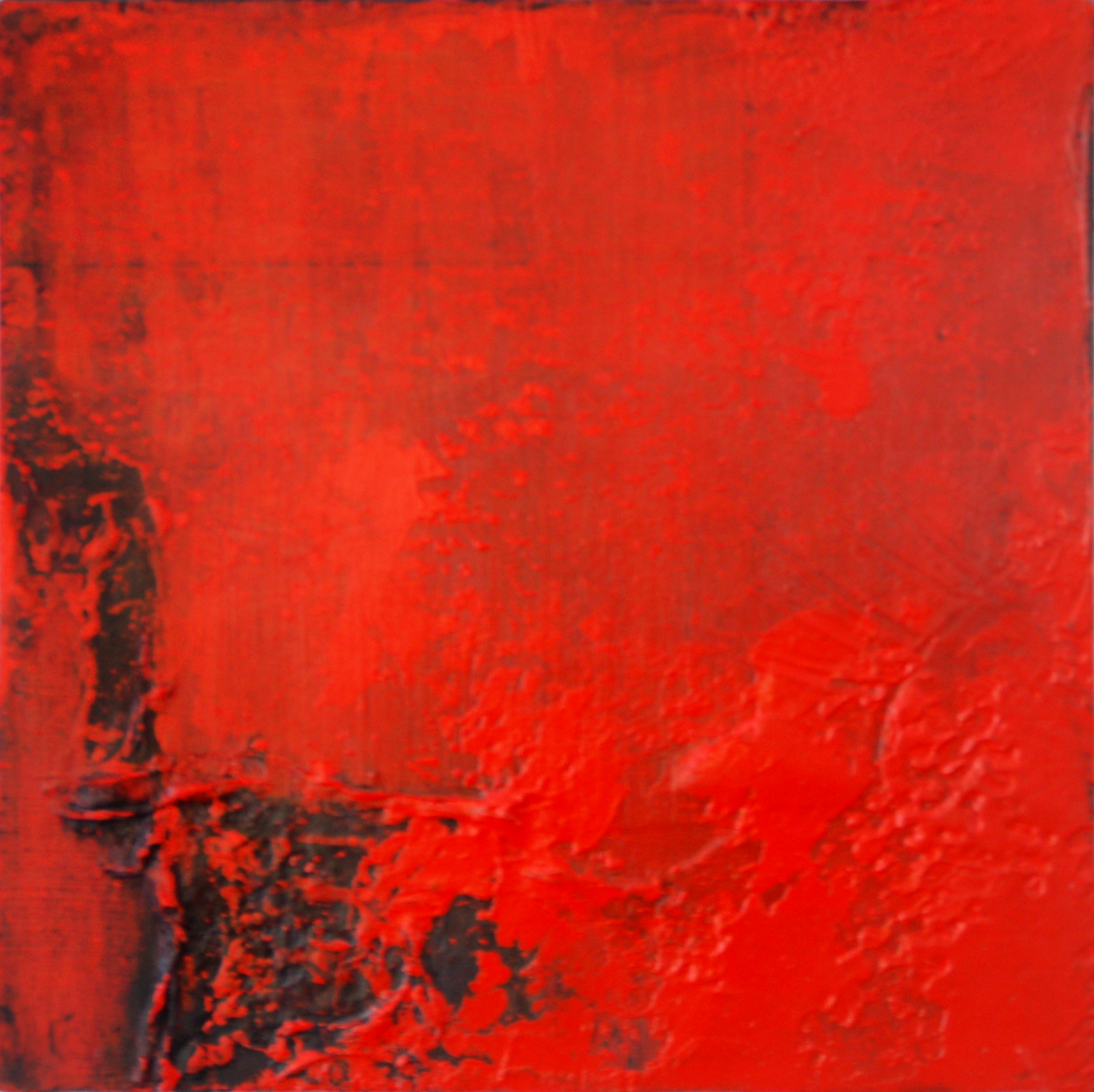

Brian Murphy
Brian Murphy
My Milan Solo Show

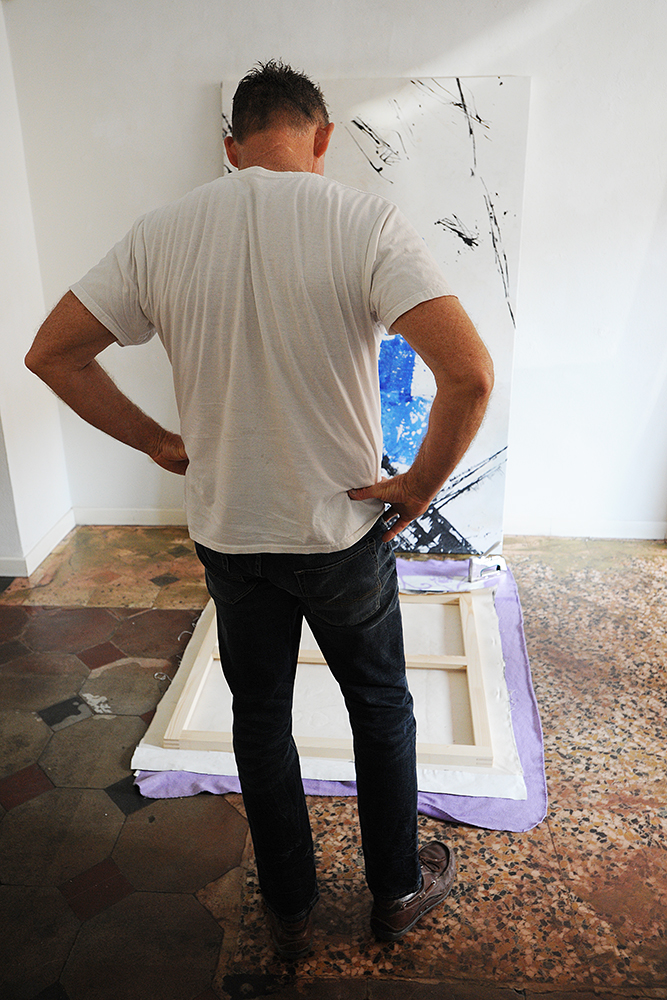
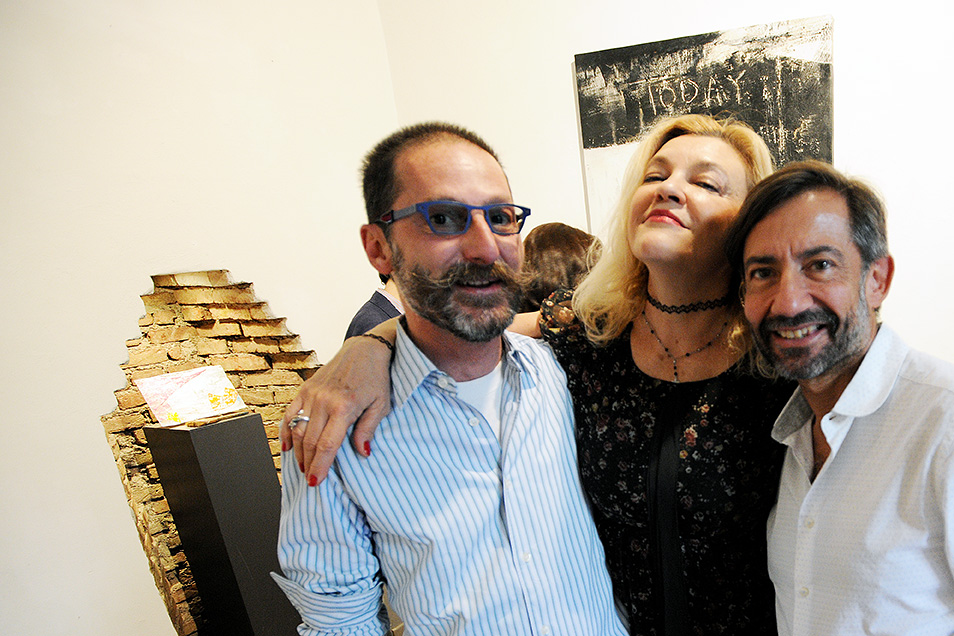
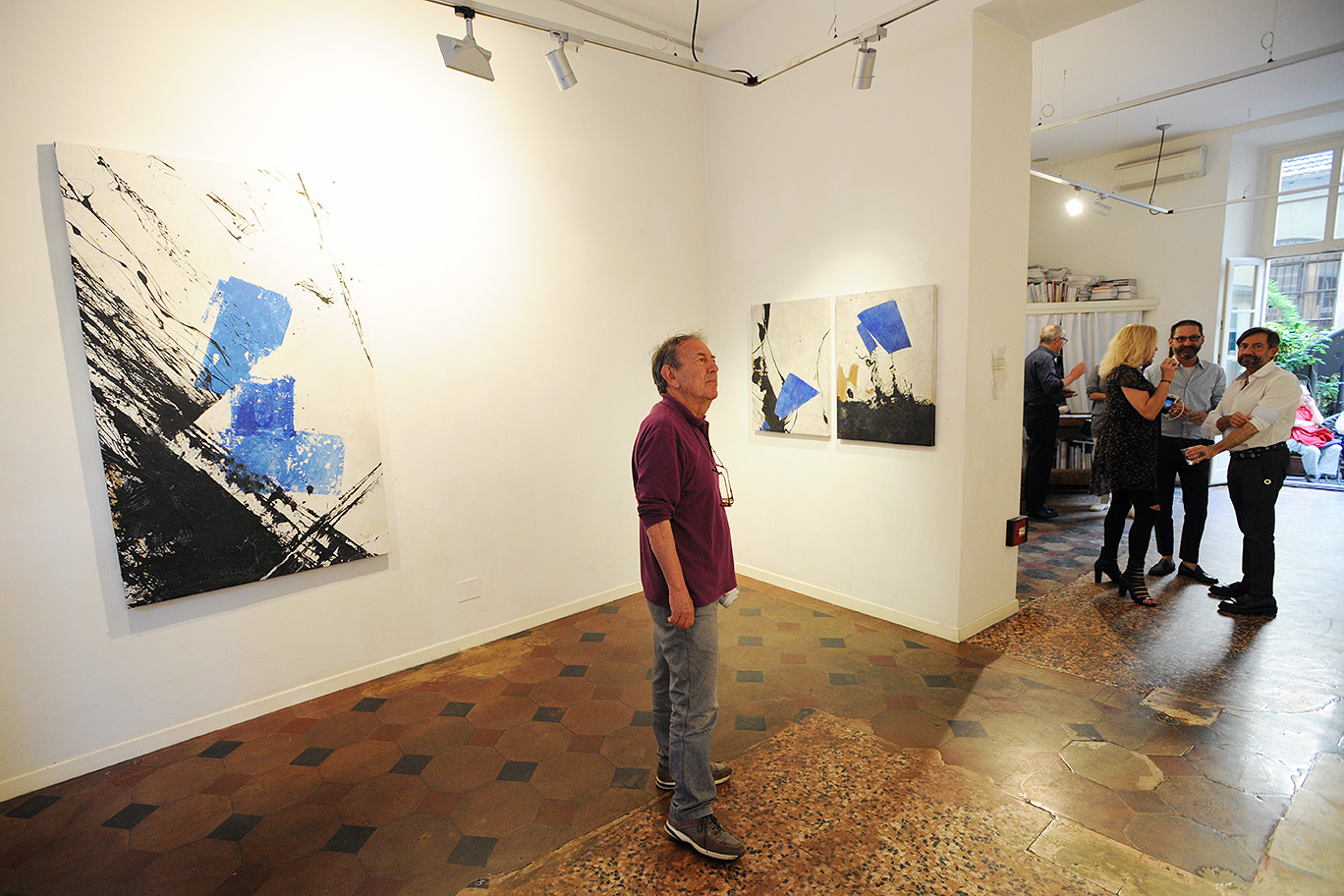

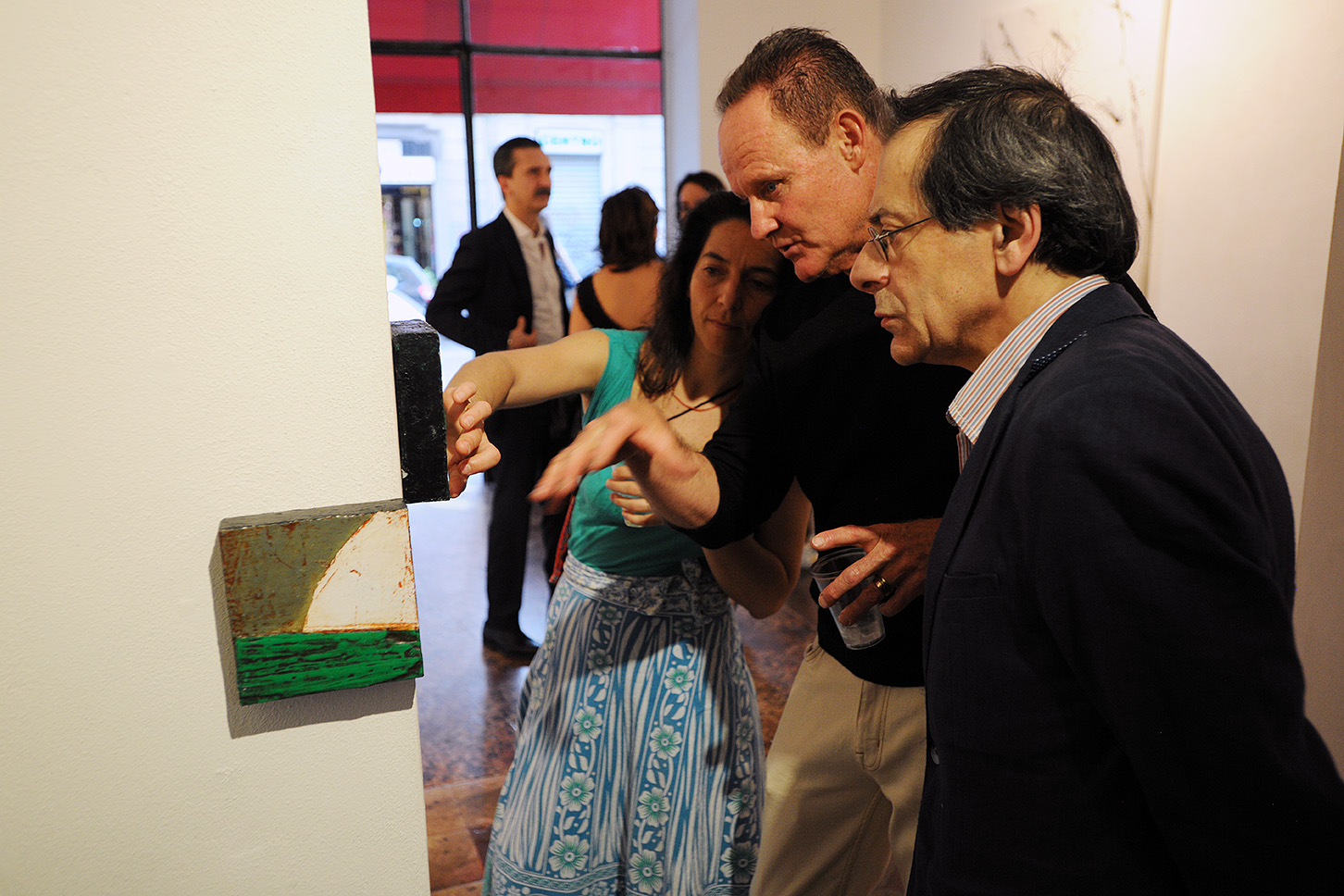
Artist's Bio
June 8, 1961
Born Buffalo New York.
Moved to Los Angeles that same year with his family.
1984
Graduated from Cal Poly Pomona in, BS Urban & Regional Planning.
A self-taught artist, he was inspired by what others threw out, and created art from found objects.
1984-1989
Worked for large civil engineering consulting firm in Orange County.
Living in Laguna Beach, his love for the sea lead him to paint underwater seascapes.
1989 to present
Works creating large scale “Rock Work” sculptures for film, theme parks, museums etc.
2009 to present
Has traveled the world, with places as diverse as Australia, Greece, Columbia, Philippines, Guinea/Africa, Mexico, Jamaica, Caribbean Islands, extensive travel throughout the USA, developing his current abstract paintings.
Brian currently lives in Orange County with his wife, Juliet Murphy.
Artist's Statement
As an artist, I simply respond and trust. Making art is my way of figuring things out. I have come to appreciate imperfections and celebrate surprises. I have always been deeply curious about the world I perceive. I long to share how this experience drives me to make art. Everything I create must address its origins and encourage exploration. I need to see where things come from, and I want my viewer to feel what I see. My shapes, markings, and textures document my own journey. I leave traces of the passage of time in my work to reveal my search and my attempts to capture the hidden beauty and grace inherent in life’s collision of ordinary moments. I love looking at something for the first time; my reaction starts as purely emotional, then evolves into an urge to act, to paint, layer, carve, build, and finally reveal. I covet and protect what I see, then I savor it, then I finally just let it go. In the creation of art I believe that, like making love, a little bit of lust should always remain.
By Peter Frank
The ideological dispute between representation and abstraction was never settled, because it couldn’t be. The sheer visuality of visual art allows, even demands, the parallel, perhaps simultaneous experience of what is recognizable and what is invented. All art is fabricated: the re-production of imagery is as much a matter of invention as is the production of images. Artwork exists as a materialization of vision, literal and metaphorical. The most exacting, “accurate” depiction of reality evinces pure design, while the most severely reduced non-objective apparition readily suggests phenomena in the “real” world.
All this gives contemporary artists equal liberty to work with identifiable images and with self-sufficient gestures, recognizable apparitions and pure form. Brian Murphy, for one, ranges across possibilities, working with material for its own sake – its effect on composition, its sensuous presence, the object quality it gives, or at least reifies in, his painting – as readily as he does with suggestions of figures, animals, places, memories. What is real, what is recognized, what is felt? What is acknowledged for its pictorial presence and what is acknowledged for its physical presence, its heft? To be sure, Murphy distinguishes as firmly as we do between conditions of literal substance and figural suggestion; the taxonomy he applies to his work, dividing it into four discrete practices, reveals as much. But, as we’ve learned in recent years from artists such as Joseph Beuys and Gerhard Richter, the engagement of one or another type of imagery or composition, color range or texture, is of secondary importance to the artist’s overall achievement and significance. What is primary is the artist’s sensibility, that is, the qualities of impulse, reason, and poetry (what the artist is “trying to say”) that keep an artist’s work consistent from student days to old age. Style is artistic clothing; sensibility is artistic soul.
As varied as his output may seem, Murphy’s sensibility remains consistent throughout. You can see, or rather “feel,” a work by Murphy as Murphy’s. The lyric qualities, his love of color and texture, are as pronounced in one kind of painting as in any other. One series, which Murphy gives the title of “Textwork,” incorporates handwritten or collaged notes, for example, betraying his interest in language, even narrative. But the presence of these notations – which are as much declarative as discursive, and normally couched in a decidedly poetic rhetoric – seems formally and even conceptually consistent with the other series (language being, of course, a form of “abstraction”). Indeed, it could be argued that, among the “Textworks,” those containing handwritten passages are stylistically more distant from those containing typography than from other works relying on similar palettes, textures, and forms. (The typographic pieces tend to be more colorful and cubistic – like many Murphy groups under the “Mixed Media” rubric – while the handwritten works hew more towards the painterly gestures and muted colors of many of the “Textural Abstracts,” or even some of the “Figurative” paintings and collages.)
But unity of purpose and continuity of form tie together Brian Murphy’s art even as his command of disparate approaches gives that art a lively variety and, perhaps even more important, a strong element of surprise. Murphy is an abstract painter who doesn’t necessarily make abstractions – or, for that matter, paintings. He inherits from the legacy of Abstract Expressionism, but sometimes his abstract urges aren’t expressionist – and vice versa. To this day, artists feel compelled to hide their uncharacteristic pieces, even when those pieces comprise oeuvres as large, compelling, and central to their aesthetic as their better-known works do. Murphy has emerged with all barrels blazing; never having established a “best-known” style, he now should become known for all styles equally; his sensibility, not his manner, is at issue. Murphy’s body of work takes many forms, but it takes one body.
Los Angeles, December 2015
